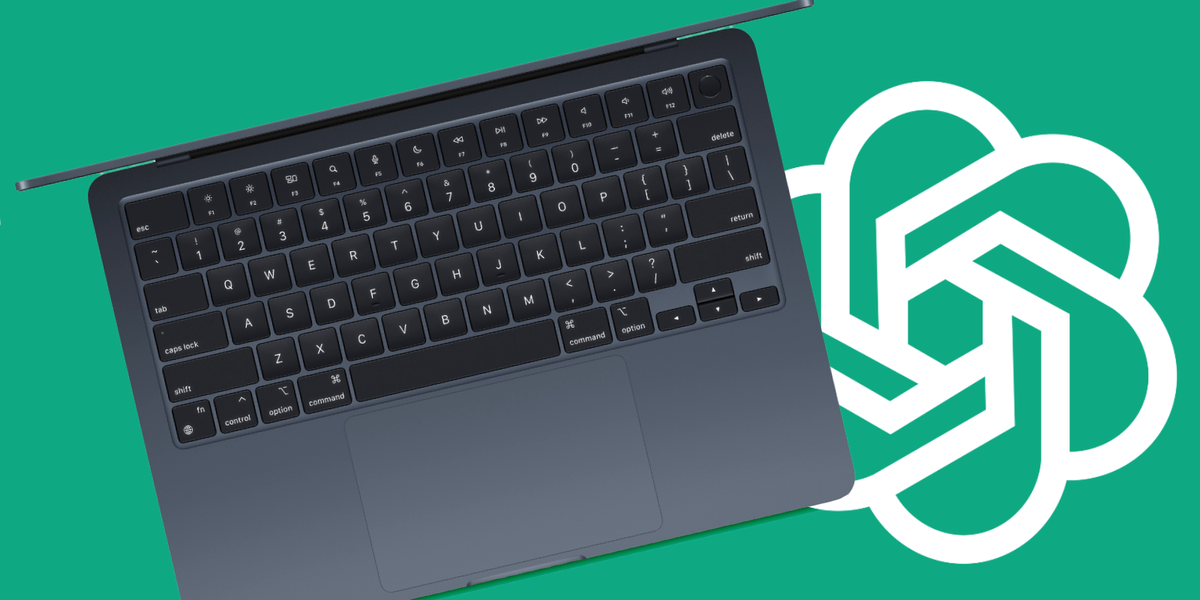Open AI has put the finishing touches to its latest generative artificial intelligence (AI) model, known as ChatGPT-4o, at an event earlier this week. The upgraded AI chatbot can now have real-time conversations and communicate through text, images and video – identifying and solving a math equation based on a photo in one demo.
ChatGPT-4o will be available for all users in the coming weeks, thanks to the lower cost of running this model for OpenAI. Paid subscribers continue to enjoy a number of benefits, including the ability to generate images from a written prompt via Dall•E 3 within the ChatGPT interface.
Microsoft has invested billions of dollars in OpenAI and implemented ChatGPT across its suite of productivity software, helping it gain an early lead in the generative AI race.
Microsoft Copilot, that one costs £19 per month to unlock all featuresin Microsoft Word, Excel and Powerpoint, is made possible by the GPT model. The chatty AI assistant also appears in Microsoft Edge – the answer to Google Chrome, as well as Windows 10 and Windows 11 desktop operating systems.
But despite this unprecedented amount of support and a record $10 billion investment, OpenAI announced its first dedicated desktop app for ChatGPT-4o not appear on Windows 10 or Windows 11.
Instead, it’s reserved for macOS.
The ChatGPT desktop application is now being rolled out, with paying ChatGPT Plus subscribers being first in line to get their hands on the software. “We will make it more widely available in the coming weeks,” OpenAI promised a blog post about the launch.
Until now, ChatGPT was only accessible via a web browser or via the Android, iPhone and iPad apps. With the arrival of the macOS version, desktop and laptop users can use the AI chatbot separately from their web browser. There shouldn’t be any difference in speed between these ChatGPT apps since all your requests are handled by the cloud and OpenAI doesn’t use any on-device processing.
However, there are some unique features available to those who install the ChatGPT app on their MacBook or iMac. First, you can ask ChatGPT a question directly from anywhere in the operating system with the Option + Space keyboard shortcut. This works as an alternative to Spotlight (Cmd + Space) and Siri, both of which come pre-installed as part of macOS.
Mac users can also take and discuss screenshots directly in the app from the Share menu in macOS. You need MacOS 14 and Apple Silicon (M1 or better) to use the incoming app.
Installing the dedicated ChatGPT app on the desktop has a number of benefits, including the ability to summon the AI assistant from anywhere and send screenshots to analyze
OPENAI PRESS OFFICE
OpenAI has promised to launch a native Windows app for ChatGPT “later this year.” It’s unclear if it will have the same functionality as Mac users.
It’s unclear why exactly OpenAI chose to support macOS over Windows, despite the latter being used by significantly more devices worldwide. In a statement to Axoisan OpenAI spokesperson said it started with the Mac because “that’s where the majority of users are.”
If the browser-based version of ChatGPT receives more visitors from Apple’s desktop operating system than Windows, it makes sense to prioritize developing an app for the Mac App Store.
The widespread rollout of Microsoft Copilot means that those using a Windows PC can use ChatGPT functionality right from their laptop or desktop – without the need for a dedicated app from OpenAI.
“The decision may also be influenced by the fact that more people at OpenAI use macOS than Windows.” Microsoft-centric blog Windows Latest mentions this as another possible explanation for the choice.
Microsoft does working on the next major update for Windows 11, which will introduce a number of new AI features across the operating system. Those familiar with the functionality describe the AI capabilities as “groundbreaking.”
Whispers from within the Redmond company suggest that Windows 11 users will be able to rely on natural language when searching for files, applications and contacts across the operating system. So instead of searching for the title of a Word document, PC owners can search for a document that was “created last week and contains a chart on Q4 sales” or “PDF Matt sent on WhatsApp on Monday ”.
Microsoft also wants to boost Live Caption so that the AI can translate different languages in real time during a video call, video or phone call. Samsung recently added real-time translation for text messages and voice calls with its Galaxy S24 smartphone range.
It is widely believed that Microsoft is training a new, internal AI language model large enough to compete with Google Gemini and OpenAI. an exclusive report from The Information was unveiled earlier this month. This would reduce the company’s dependence on the startup behind ChatGPT.
The rival model, called MAI-1 within the company, is overseen by the recently hired Mustafa Suleyman, co-founder of Google DeepMind and former CEO of AI startup Inflection, two Microsoft employees with knowledge of the efforts confirmed in the publication . The exact purpose of the model has not yet been determined and will depend on how well it performs.
LATEST DEVELOPMENTS
However, MAI-1 is believed to be “much larger” than the previous smaller, open-source models that Microsoft had previously trained, meaning it will be more expensive, according to the report.
Microsoft could preview the new model once the Build developer conference takes place later this month, the report said. Microsoft declined to comment when contacted by Reuters writers.
